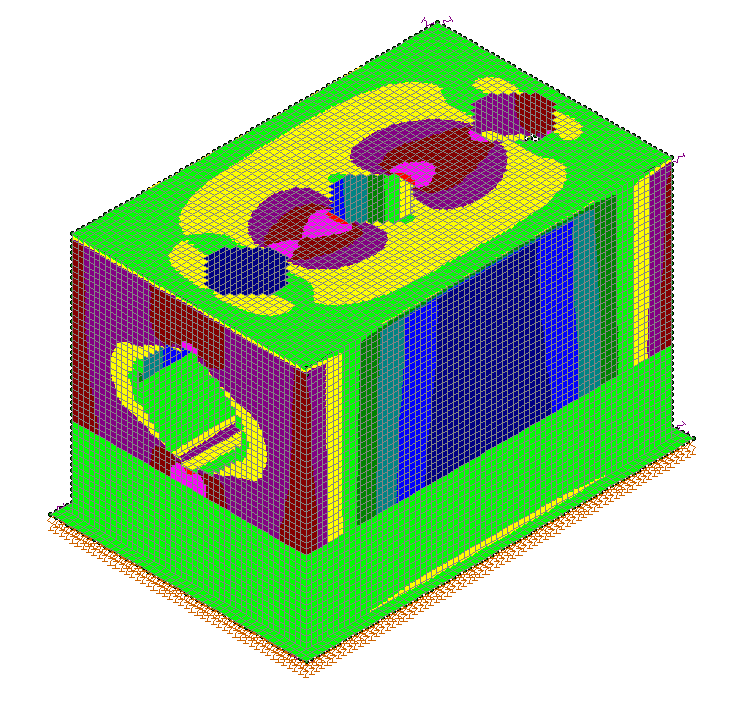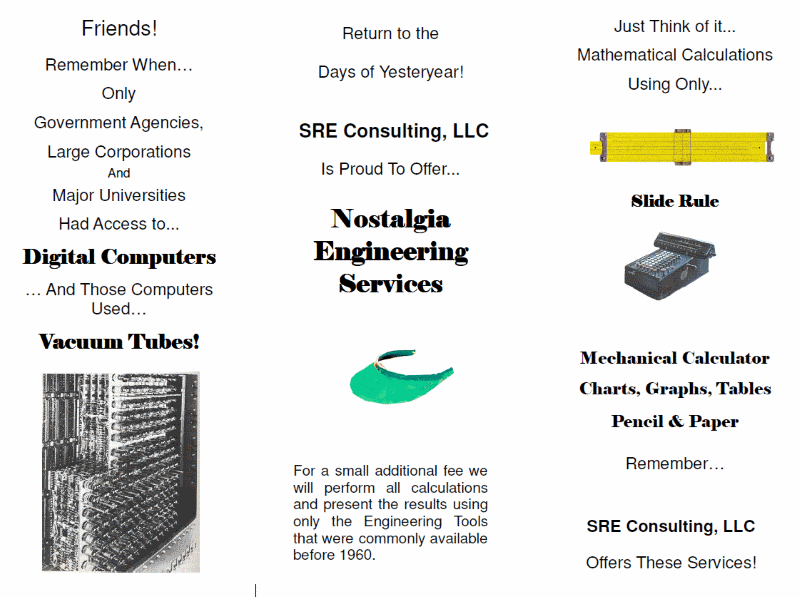Struct_Dre
Structural
Hello All,
I'm a new engineer who works on tanks often. I was taught to use software for the design of the walls. I typically use the PCA Rectangular Concrete Tanks 5th edition book for my base slabs. I would prefer to do all of my calculations by hand, but I'm not exactly sure how. I think I can break my tank into 3 separate parts (top slab, base slab, and walls) and design each as a concrete beam, but it seems like that wouldn't take into account the higher shear at the corners and openings. This is asking a lot, but can anyone give me a rough list of the calculation process for an underground tank design with openings (for pipes through the walls and access hatches through the top slab)? Specifically for the walls?
I'm a new engineer who works on tanks often. I was taught to use software for the design of the walls. I typically use the PCA Rectangular Concrete Tanks 5th edition book for my base slabs. I would prefer to do all of my calculations by hand, but I'm not exactly sure how. I think I can break my tank into 3 separate parts (top slab, base slab, and walls) and design each as a concrete beam, but it seems like that wouldn't take into account the higher shear at the corners and openings. This is asking a lot, but can anyone give me a rough list of the calculation process for an underground tank design with openings (for pipes through the walls and access hatches through the top slab)? Specifically for the walls?


![[shadeshappy] [shadeshappy] [shadeshappy]](/data/assets/smilies/shadeshappy.gif) Further, our clients are not willing to pay for using a slower process when they expect us to be efficient with our time. Remember....as engineers we have nothing to sell but our time! (well...kinda sorta!)
Further, our clients are not willing to pay for using a slower process when they expect us to be efficient with our time. Remember....as engineers we have nothing to sell but our time! (well...kinda sorta!)
![[idea] [idea] [idea]](/data/assets/smilies/idea.gif)
![[rofl] [rofl] [rofl]](/data/assets/smilies/rofl.gif)
![[lol] [lol] [lol]](/data/assets/smilies/lol.gif)